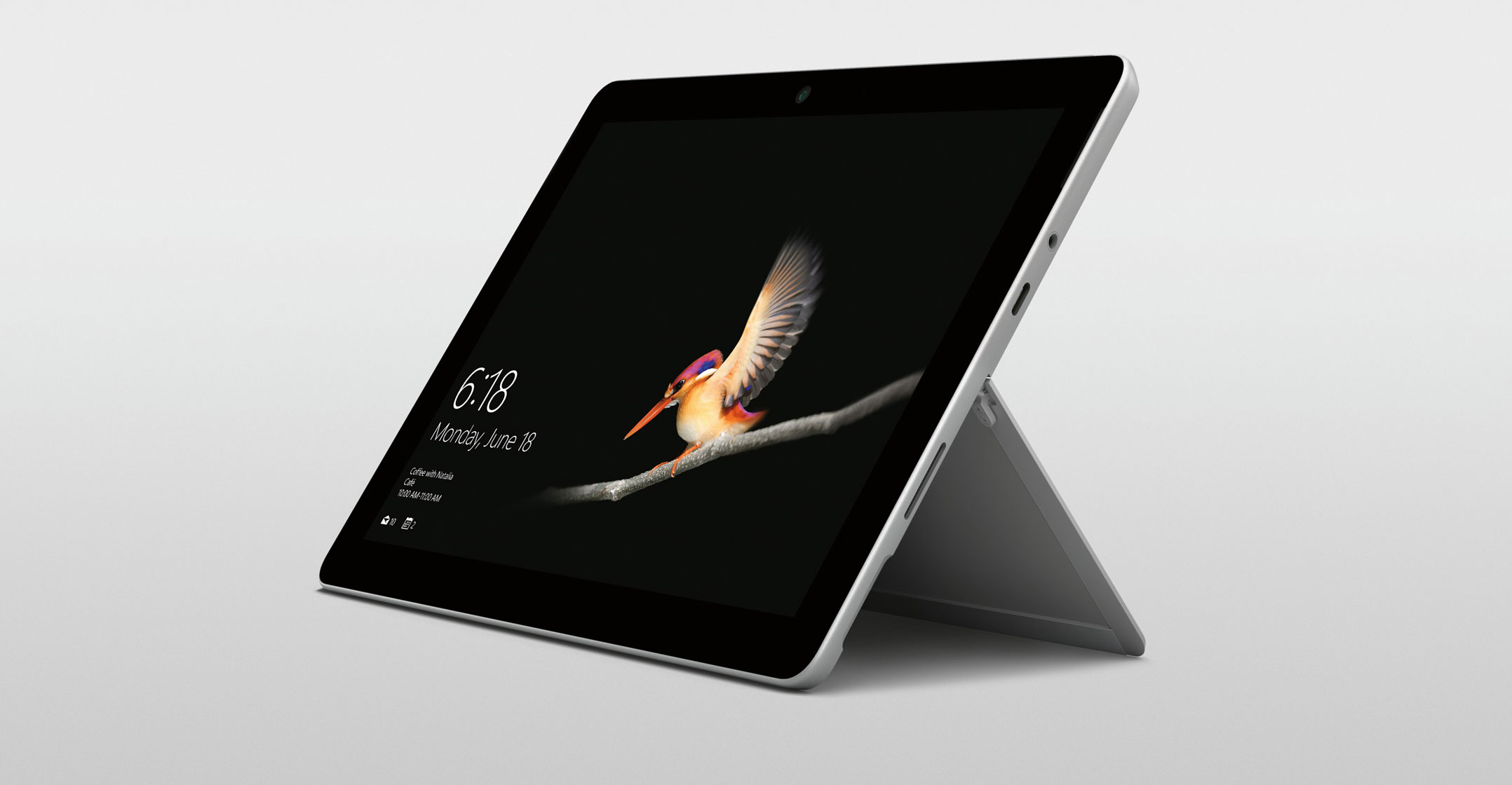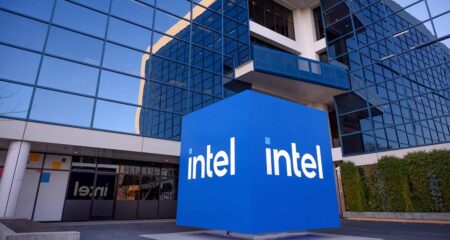
I wrote about a set of data in late May that portended a rebound in the tech sector. Now, I think some pain may ensue.
Specifically, I drew on Taiwan monthly sales, which listed companies are required to report. This information is unique because it’s one of the few sets of data globally that gives visibility into the sector before quarterly numbers are released. The figures pointed to a revenue bounce, which occurred last month.
The same data for June showed that semiconductor makers posted an aggregate 27% rise in sales from the previous year, while the category of electronics products distribution climbed an aggregate 10.7%. Companies in electric machinery, electrical and cable, optoelectronics, and computer and peripherals all posted their best month this year.
But the data also suggests we’ve experienced more of a June Jump than a sustained recovery. Further, it appears limited to only a slice of the hardware sector — chips and PC products.
A category of Taiwan corporate sales data called other electronics — which includes Foxconn’s Hon Hai Precision Industry — is still down 3.4% for the year. Furthermore, that grouping has recorded only two positive months out of six — April and May. June data was as bad as March, when Covid-19 really sent the global economy into a tailspin.
There are a number of caveats to the corporate sales data and the analysis that results from it, namely that they cover only Taiwan and are specifically related to hardware. Still, the outsize depth and breadth of Taiwanese companies in the global supply chain allows us to track trends.
See more clearly
According to Taiwan Semiconductor Manufacturing, the largest contract chip manufacturer, demand for its products is being driven by 5G networks and smartphones, plus high-performance computing, such as artificial intelligence and graphics chips.
Digging into the computer and peripherals category, we can see more clearly what’s going on.
This subset is dominated by Quanta Computer and Compal Electronics — the world’s two largest laptop makers. Yet bigger contributions to growth come from lesser names like Gigabyte Technology and Micro-Star International, which make motherboards — those green platters of plastic to which components are soldered.

High-end gaming laptops and corporate servers are major uses of the motherboards produced by these companies — which gel with the demand for graphics and AI chips being churned out by TSMC. These niches are enjoying a resurgence thanks to the stay-at-home trend driven by the pandemic.
We can see that outside of these specific product categories, the bigger drivers of demand, such as smartphones, still look weak. Upticks in March and June indicate a post-lockdown resumption of supply, and a burst in orders as the world settles in for sustained impact from Covid-19.
The broader roll-out of new telecoms networks, which happens every eight to 10 years, helps offset this global weakness but doesn’t remove it. That means that it’s a dangerous bet to believe in wholesale resumption of demand, because macroeconomic headwinds are likely to catch up with this short-term shot in the arm that tech has experienced.
The “other electronics” category — a catchall for companies that make everything from smartphones and home electronics to modules and Internet devices — remains weak. Lack of growth here, declining 6.9% year to date, points to a broader trend of tech companies suffering from the downturn and missing out on pandemic-specific demand. This is the sub-sector you’d want to see improve before declaring a recovery.
For sure, that June Jump looks exciting. But investors should brace for disappointment over the coming six months. — By Tim Culpan, (c) 2020 Bloomberg LP




